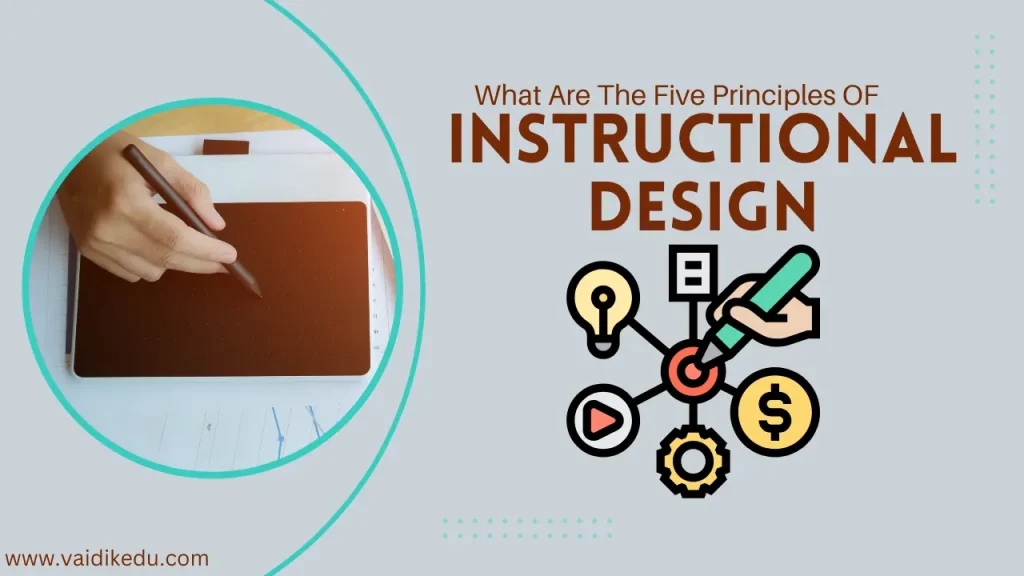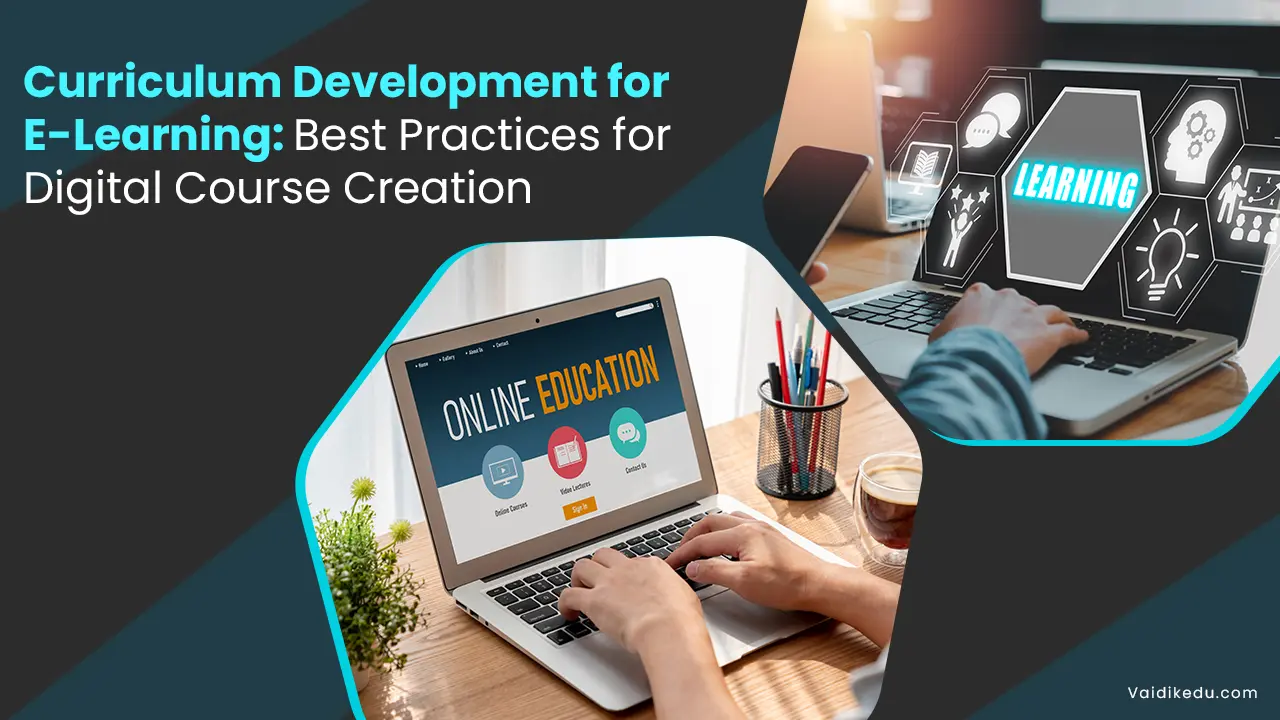Knowledge or information in modern life has turned into an absolute necessity. The need for proper and effective education has become a popular slogan. So the way in which knowledge is conveyed holds a major importance. Modern technologies have contributed a lot in improvising and developing strategies that can be used for the effective distribution of knowledge.
What is Instructional Design?
Instructional design or instructional system design is the process of creating quality learning experiences that encourage knowledge and skill acquisition in an efficient, effective, and engaging way. These can be achieved using different learning materials like simulations, animations, online courses, video tutorials, manuals, etc.
So the basis of this instructional design is the use of instructional technologies as a medium. The instructional design models will follow one of these methods/technologies to facilitate the learning process. The aim of an instructional design system is long-term learning.
The basic idea is that the process of learning or how knowledge is transferred will be most effective when the learners are given a clear idea of what they are going to learn through this process, and how their performances are evaluated.
An instructional designer applies learning theory to create course content, learning activities, and other training solutions that promote new knowledge and skills. This includes all instructional materials developed for a training program: presentation materials, participant guides, and other resources.
Their job also includes the evaluation of the training, analysis of the things that were learned, and whether the learning training has led to any behavioral changes.
What Are The Five Principles of Instructional Design?
There are practically five foundational principles that guide the design process to ensure the instruction is learner-centered and goal-oriented. These principles are analysis, design, development, implementation, and evaluation.
They are collectively known as ‘ADDIE’. It is one of those really robust frameworks that can be applied in very many educational setups.
Let’s discuss each principle in detail and how they contribute to the achievement of instructional design within a learning setting.
- Analysis:
The first stage of instructional design is analysis. Its purpose is to understand the need for learning, define the learning objectives, and identify the characteristics of the learners. It is in this stage that the instructional designers ask questions such as who the learners are, what they need to learn, and the constraints or resources critically.
Through a thorough analysis of the context, the designer can arrive at a learning experience that is targeted to the specific needs of the audience.
For example, an analysis within the context of a business training program may show that learners must learn a particular technical skill to improve their productivity.
This identifies the performance gap between the current level of the skill and the desired level. It sets the stage to define clear learning goals to guide the rest of the design process.
- Design:
The following analysis comes from the design phase. In the design phase, Instructional Design practitioners work out the fine details to develop a blueprint for the learning experience. They select the instructional strategies, media, and materials to be used and organize content into a logical structure.
The design phase is very important because it sets up the foundation for how the instruction will be presented and how learners will interact with the material.
For instance, in the design stage, designers create storyboards or models that show representations of the learning experience. The sequencing of content is designed to be made progressively from simple to complex. The designers also have to consider how to include assessments that will check whether the learning objectives are covered properly.
- Development:
In this phase of instructional design, the actual creation of instructional materials is carried out on the basis of the strategies and plans. It involves writing, multimedia development, programming of interactive activities, and assessment audits.
The process for this phase requires collaboration among instructional designers, subject matter experts, and multimedia developers to ensure that a product meets the original design.
If a course is to be developed, the development stage involves building an online course that includes videos, quizzes, and interactive simulations. The process would usually be iterative with continuous feedback and revision. This is to develop and refine these materials to the absolute satisfaction of the clients.
- Implementation:
During the implementation process, the instruction is delivered to the learners. In this process, much planning and coordination have to be done. This is to make the learning process smooth and supervise any technical or logistical difficulties.
In the implementation phase, instructors must be trained to use the materials and deliver instruction. With e-learning applications, it might be necessary to test the course with a testee group so any problem can be identified before use. Successful implementation means that learners have the resources they need and the information is delivered in a proper manner.
- Evaluation:
The final principle of instructional design is evaluation. This principle is important in establishing the effectiveness of the instruction and any improvement that may be needed to be effected. Evaluation takes place at two levels: formative evaluation during the design and development stages and summative evaluation after implementation.
A formative evaluation is the one that collects feedback during the developmental stages to make any necessary changes if needed. This may be done in a variety of ways: through focus groups, usability testing, or experimental studies.
The summative evaluation seeks to determine overall success after the instruction has been implemented. This includes analyses of learner performance data, surveys, etc. Evaluation does not stand in the last position but remains a continuous loop as part of the information for future projects.
Knowing what worked well and what did not would empower instructional designers to refine the approach and improve the quality of future instructional materials.
Conclusion:
The five principles in instructional design which include analysis, design, development, implementation, and evaluation, are a structured way to create the most effective educational experiences.
When these principles are applied, they give assurance that developed content is well-targeted, interesting, and capable of meeting learning objectives. Whether it is applied in classroom teaching, corporate training, or e-learning, these principles offer a reliable structure to achieve educational success.
Guaranteed learning is the assurance that instructional designers provide which could make a learner’s life meaningful, academically, professionally, and personally.
FAQs:
1) What is the main purpose of instructional design?
The main purpose is to create a proper learning experience according to the requirements of the learners. The five principles of instructional design help ensure that the materials are relevant and structured properly.
2) What are the five principles of instructional design?
The five principles include analysis, design, development, implementation, and evaluation.
3) How do the five principles apply to online learning?
The principles are very adaptive in learning environments. Personalized feedback and responses as well as discussions ensure proper engagement of the learners.
4) Is feedback always necessary in instructional design?
Yes, feedback is very essential. This helps learners know about their progress, rectify their misunderstandings, and improve their learning. This feedback motivates learners to achieve their goals.









